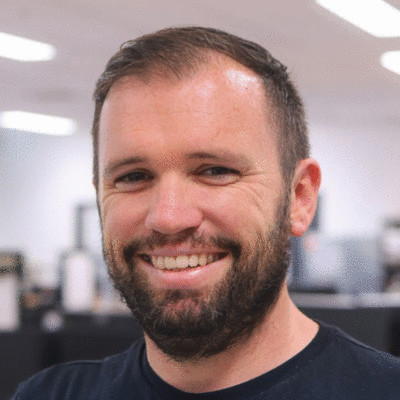- Video Library
- OPUM Technologies | Andrew McDaid, CEO
OPUM Technologies | Andrew McDaid, CEO

Andrew McDaid
Associate Professor Andrew McDaid founded OPUM after years of world leading R&D and market insights. He is an internationally renowned expert and has led a large research team in medical robotics, wearables and AI. To date he has been awarded millions of dollars in research funding over ten years, including from US Department of Defense. As a sports enthusiast Andrew was patient zero after tearing his MCL (not for the first time). His knee was the first set of OPUM patient data collected.
Andrew McDaid
Associate Professor Andrew McDaid founded OPUM after years of world leading R&D and market insights. He is an internationally renowned expert and has led a large research team in medical robotics, wearables and AI. To date he has been awarded millions of dollars in research funding over ten years, including from US Department of Defense. As a sports enthusiast Andrew was patient zero after tearing his MCL (not for the first time). His knee was the first set of OPUM patient data collected.

17011 Beach Blvd, Suite 500 Huntington Beach, CA 92647
714-847-3540© 2025 Life Science Intelligence, Inc., All Rights Reserved. | Privacy Policy







